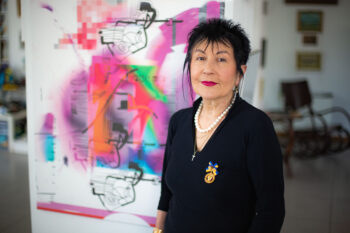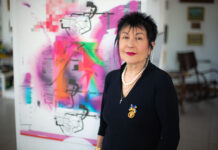The following extract is from Yerevan-based Russian author Yan Shenkman’s recently published book, At Home in Yerevan.
Shenkman, born in 1973, is a writer, journalist, literary and musical critic. He is the author of five books. In March 30, 2022, just after the beginning of the Ukrainian war, he migrated from Russia. Currently, he works at the “Noyan Tapan” news agency in Yerevan and hosts the “Displaced People” program.
His book is available from https://buyarmenian.com/product/here-in-yerevan-yan-shenkman/.
Translation from Russian and comments
by Artsvi Bakhchinyan
Special to the Mirror-Spectator








